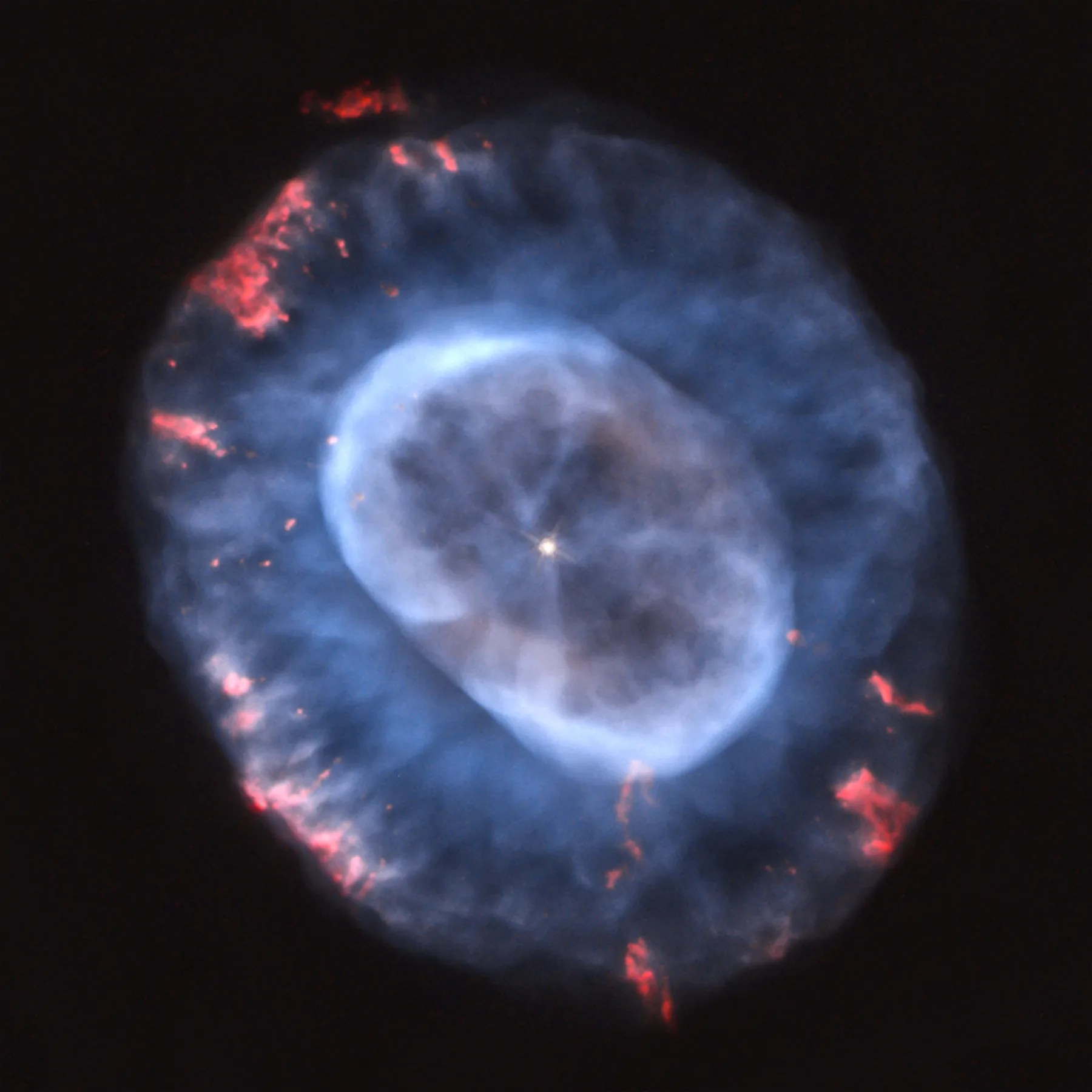
C22 – Caldwell 22 – Snowball Nebula
This image was taken using Hubble’s Wide Field and Planetary Camera 2 in 2000. Astronomers compared this image to earlier Hubble images of Caldwell 22 to study how the nebula expanded and changed.
Image Credit: NASA, ESA, and A. Hajian (University of Waterloo)
- X
https://science.nasa.gov/image-detail/this-gallery-shows-four-planetary-nebulas-from-the-first-systematic-survey-of-such-objects-in-the-solar-neighborhood-made-with-chandra-x-ray-observatory/
Image CreditNASA, ESA, and A. Hajian (University of Waterloo)
Size1024x1024px
























